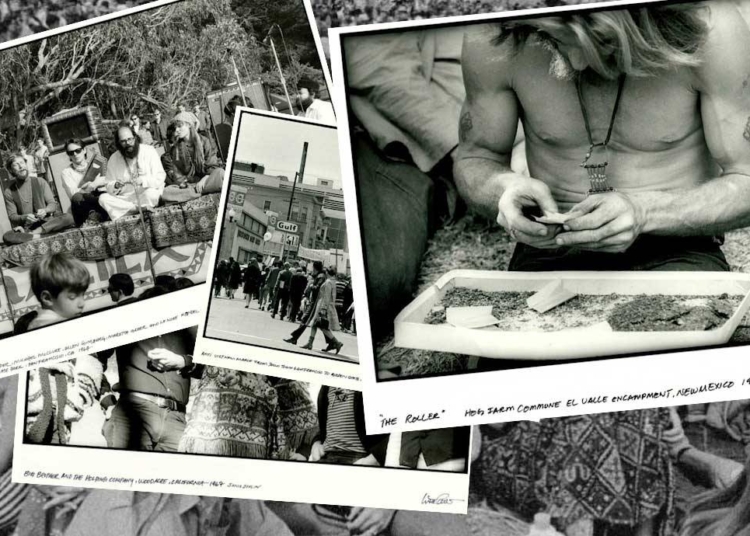Marching to the Beat: The Influence of Military Imagery on Fashion and Pop Culture
For centuries, the military has inspired fashion designers and influenced pop culture with its iconic imagery. From camouflage prints to military-inspired jackets, the military aesthetic has become a staple in modern fashion and popular culture. The influence of military imagery can be seen everywhere, from the runway to the silver screen, and it continues to shape the way we dress and express ourselves.
The origins of military fashion can be traced back to the early 20th century, when World War I and World War II influenced clothing styles. Women began wearing trousers and men’s shirts, while military-inspired jackets became popular among civilians. The military look symbolized strength, power, and resilience, making it an attractive aesthetic for designers and consumers alike.
Throughout the following decades, military fashion continued to evolve, with designers incorporating elements such as epaulettes, brass buttons, and camouflage prints into their collections. The rise of punk and grunge in the 1970s and 1980s further popularized military-inspired looks, as musicians and fans adopted combat boots, cargo pants, and army surplus jackets as symbols of rebellion and anti-establishment attitudes.
Beyond the world of fashion, military imagery has also had a significant impact on pop culture. Films such as Apocalypse Now, Full Metal Jacket, and Saving Private Ryan have brought the harsh realities of war to the silver screen, while video games like Call of Duty and Battlefield have immersed players in virtual combat environments.
Music has also been heavily influenced by military imagery, with iconic album covers featuring soldiers, tanks, and uniforms. Bands such as The Clash, Ramones, and Green Day have all embraced military aesthetics in their music and image, adding to the allure of the military look in popular culture.
Today, military-inspired fashion continues to be a dominant trend in the fashion industry. Designers like Marc Jacobs, Ralph Lauren, and Alexander Wang have all incorporated military elements into their collections, from utility jackets to combat boots. High street brands like Zara and H&M also offer affordable versions of military-inspired clothing, making the look accessible to a wider audience.
In conclusion, the influence of military imagery on fashion and pop culture is undeniable. From the trenches of World War I to the runways of Paris Fashion Week, military aesthetics continue to captivate and inspire designers, musicians, and consumers around the world. Whether used as a symbol of rebellion, strength, or simply as a way to make a bold fashion statement, military-inspired clothing has become a timeless trend that shows no signs of fading away.
Marching to the Beat: The Influence of Military Imagery on Fashion and Pop Culture
For centuries, the military has inspired fashion designers and influenced pop culture with its iconic imagery. From camouflage prints to military-inspired jackets, the military aesthetic has become a staple in modern fashion and popular culture. The influence of military imagery can be seen everywhere, from the runway to the silver screen, and it continues to shape the way we dress and express ourselves.
The Rise of Military Fashion
The origins of military fashion can be traced back to the early 20th century, when World War I and World War II influenced clothing styles. Women began wearing trousers and men’s shirts, while military-inspired jackets became popular among civilians. The military look symbolized strength, power, and resilience, making it an attractive aesthetic for designers and consumers alike.
Throughout the following decades, military fashion continued to evolve, with designers incorporating elements such as epaulettes, brass buttons, and camouflage prints into their collections. The rise of punk and grunge in the 1970s and 1980s further popularized military-inspired looks, as musicians and fans adopted combat boots, cargo pants, and army surplus jackets as symbols of rebellion and anti-establishment attitudes.
Military Imagery in Pop Culture
Beyond the world of fashion, military imagery has also had a significant impact on pop culture. Films such as Apocalypse Now, Full Metal Jacket, and Saving Private Ryan have brought the harsh realities of war to the silver screen, while video games like Call of Duty and Battlefield have immersed players in virtual combat environments.
Music has also been heavily influenced by military imagery, with iconic album covers featuring soldiers, tanks, and uniforms. Bands such as The Clash, Ramones, and Green Day have all embraced military aesthetics in their music and image, adding to the allure of the military look in popular culture.
Modern Military Fashion
Today, military-inspired fashion continues to be a dominant trend in the fashion industry. Designers like Marc Jacobs, Ralph Lauren, and Alexander Wang have all incorporated military elements into their collections, from utility jackets to combat boots. High street brands like Zara and H&M also offer affordable versions of military-inspired clothing, making the look accessible to a wider audience.
However, the appropriation of military imagery in fashion has not been without controversy. Critics argue that using symbols of war for aesthetic purposes can be insensitive and disrespectful to those who have served in the military. Others believe that military-inspired fashion can be a way of honoring the sacrifices and bravery of soldiers, while also expressing individuality and style.
In Conclusion
In conclusion, the influence of military imagery on fashion and pop culture is undeniable. From the trenches of World War I to the runways of Paris Fashion Week, military aesthetics continue to captivate and inspire designers, musicians, and consumers around the world. Whether used as a symbol of rebellion, strength, or simply as a way to make a bold fashion statement, military-inspired clothing has become a timeless trend that shows no signs of fading away.













